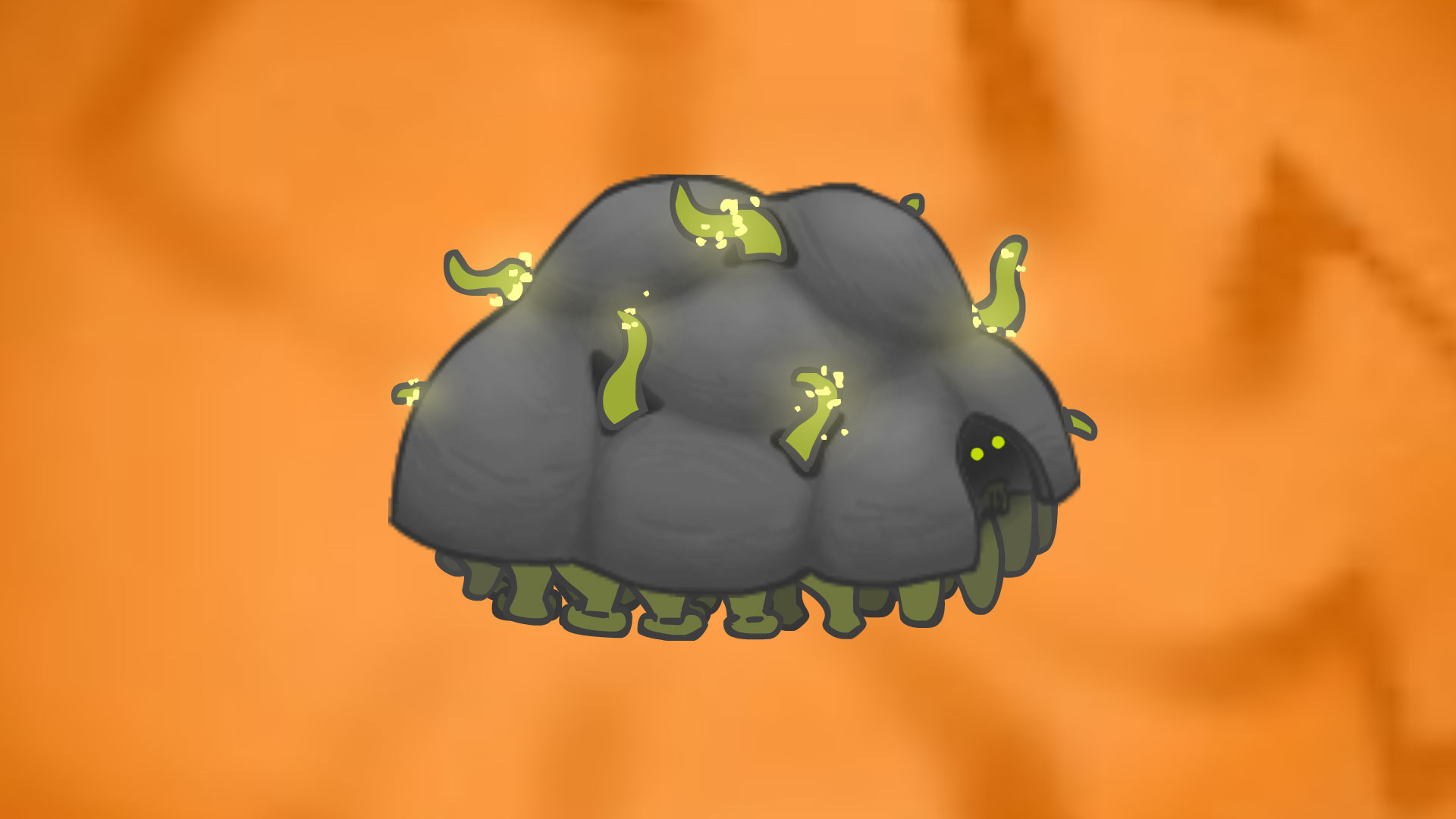



Baneling anatomy contains lungs and a heart. The transmitter emits pulses that map the baneling's surrounding area, and echoes back to the receiver, feeding the baneling with a continuous stream of spatial information. This system consists of a transmitter in the center of the baneling's skull, along with two evenly spaced receivers to the sides. Banelings also possess a rudimentary sonar system- Dominion scientists have theorized that this is a degeneration of the zergling's complex optical structure. They have been observed to tuck into a ball and roll. Yet due to their bloated nature, banelings are barely able to walk. The Swarm was able to increase the baneling's speed despite these imperfections. Its feet are replaced by sharp spikes that allow them to navigate rough terrain, albeit at a slower pace. īecause of its mass, the baneling's legs are thicker than the zergling's. Few materials can withstand this acid burst. These are re-purposed to produce and store large quantities of highly corrosive acid. The digestive and reproductory tracts are assimilated as nutrients to accelerate the process, and make room for the fleshy, mutated adrenal glands. Though the remains of the carapace offer no real protection, they allow for unhindered delivery of the baneling's payload. The zergling's skin is repurposed, stretching over newly formed growths while its bone plates soften to hold bulbous, pulsating acid sacs in place. In the new form, the zergling's claws shrivel and become withered, and a swollen sac filled with volatile chemicals grows out of its back. Banelings are created from zerglings following a brief chrysalis phase.


 0 kommentar(er)
0 kommentar(er)
